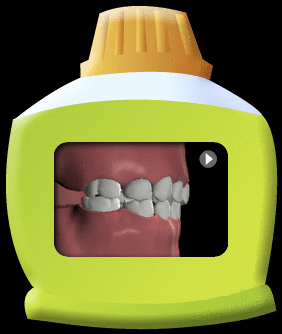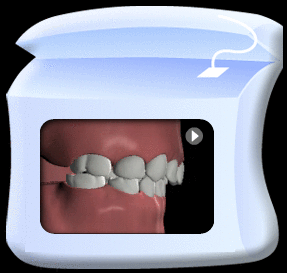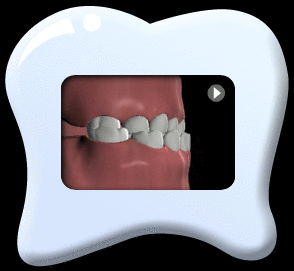An occlusion is decided by the position of upper and lower teeth. In a normal occlusion, the lower front teeth should touch the inner surface of the upper front teeth. One-third of the outer surface of lower front teeth should be covered by the upper front teeth. The distance between the outer surface of lower front teeth and the inner surface of upper front teeth should be 2mm to 4mm.

If the upper teeth are projected more forward than the lower teeth, 'projected upper teeth' results.

However, if the lower teeth are projected more forward than the upper teeth, 'reversed bite' results.
